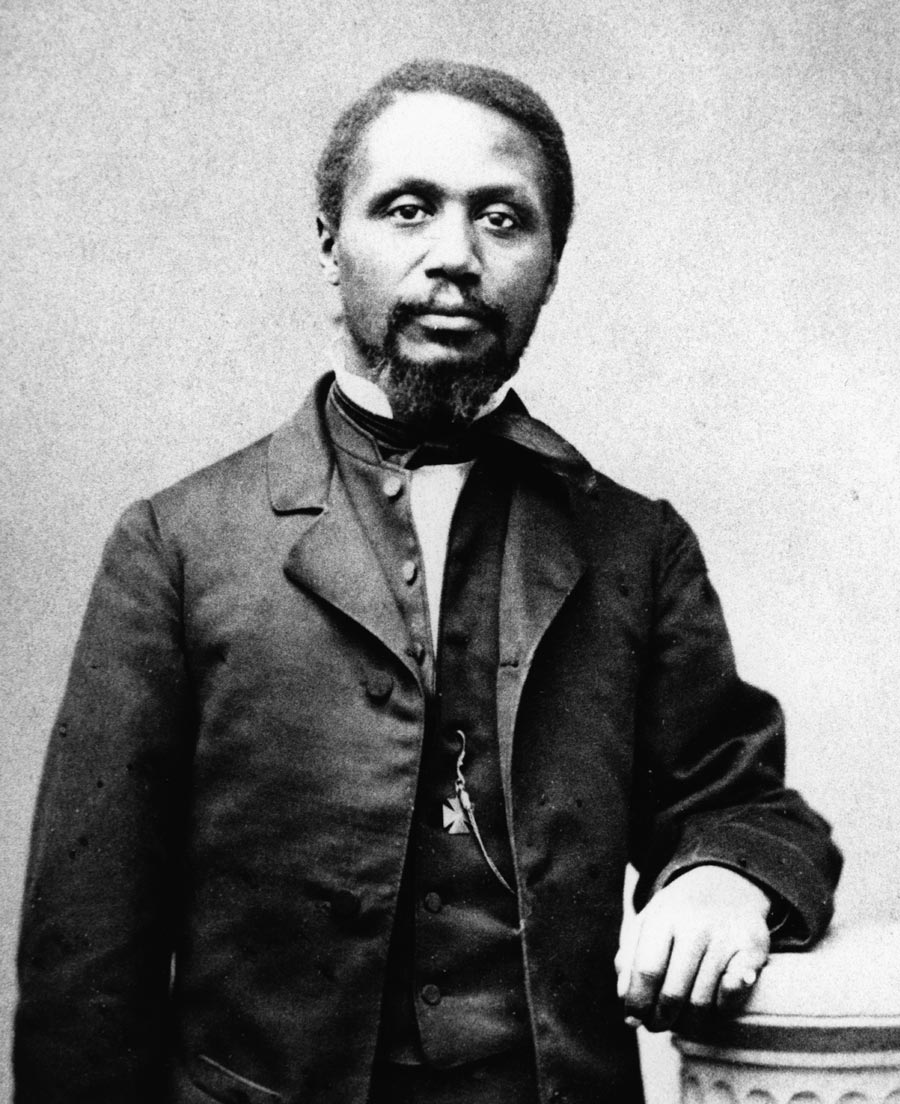
Sarah C. Roberts vs. The City of Boston
In 1848, the city required Sarah Roberts, a five-year-old African American, to enroll in an all-black public elementary school. The Abiel Smith School, one of a number of segregated schools for “colored” children in Boston, was far from where the family lived. Benjamin Roberts, Sarah’s father and one of the nation’s first African American printers, challenged the Boston School Committee’s policy of racial segregation and sought to enroll her at a school closer to their home.
Lawyer Robert Morris, one of the first African American lawyers, wrote in court documents that under Commonwealth statutes, "any child unlawfully excluded from public school shall recover damages therefor against the city or town by which such public instruction is supported."Morris and co-counsel Charles Sumner argued that the constitution of Massachusetts held all men, without distinction of color or race, equal before the law, and that the laws of the state that established public schools also made no distinctions. Yet in 1850, Chief Justice Lemuel Shaw of the Massachusetts Supreme Judicial Court, one of the most influential state courts in the country, held that racial segregation of public schools was permitted under the Massachusetts constitution and laws.
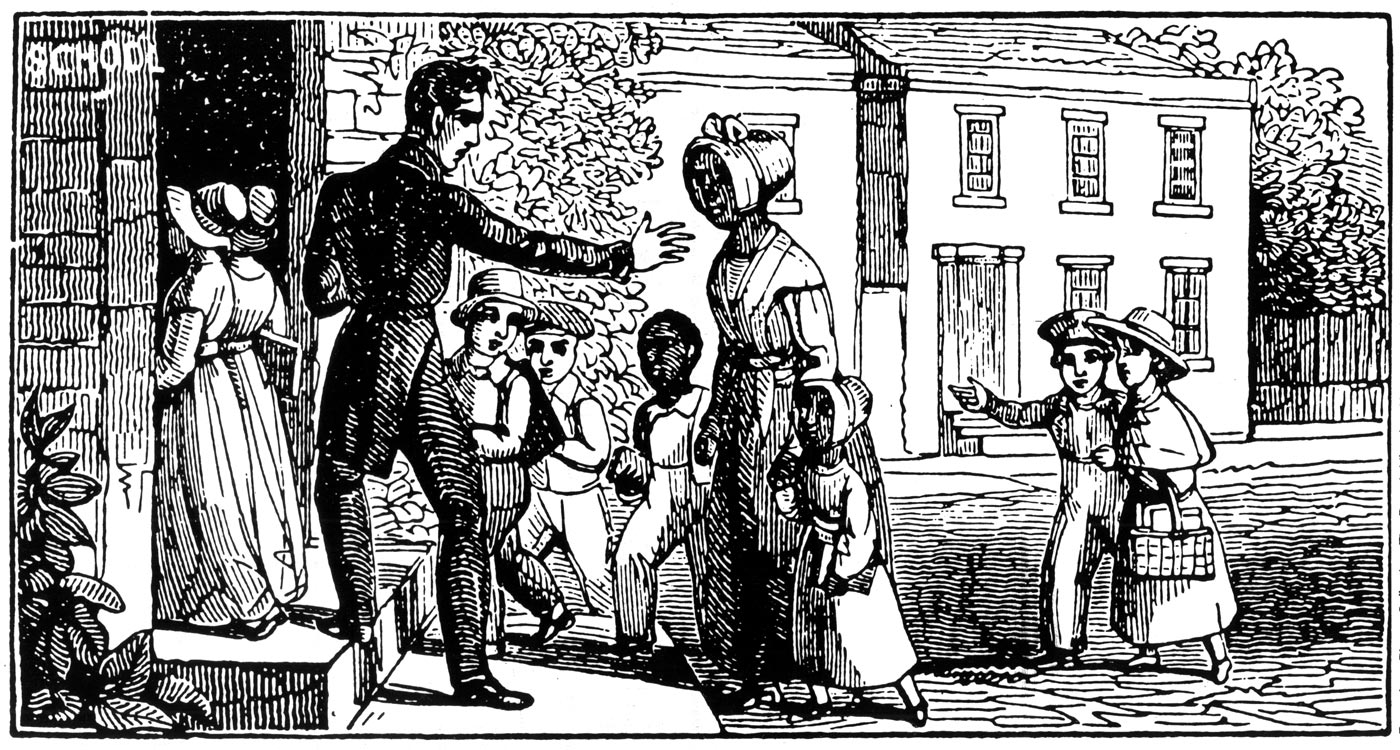
“[Education] in…two schools may be precisely the same, but a school devoted to one class must differ essentially in spirit and character from [one] where all classes meet together in Equality.... Prejudice is the child of ignorance…sure to prevail where people do not know each other.” —Charles Sumner

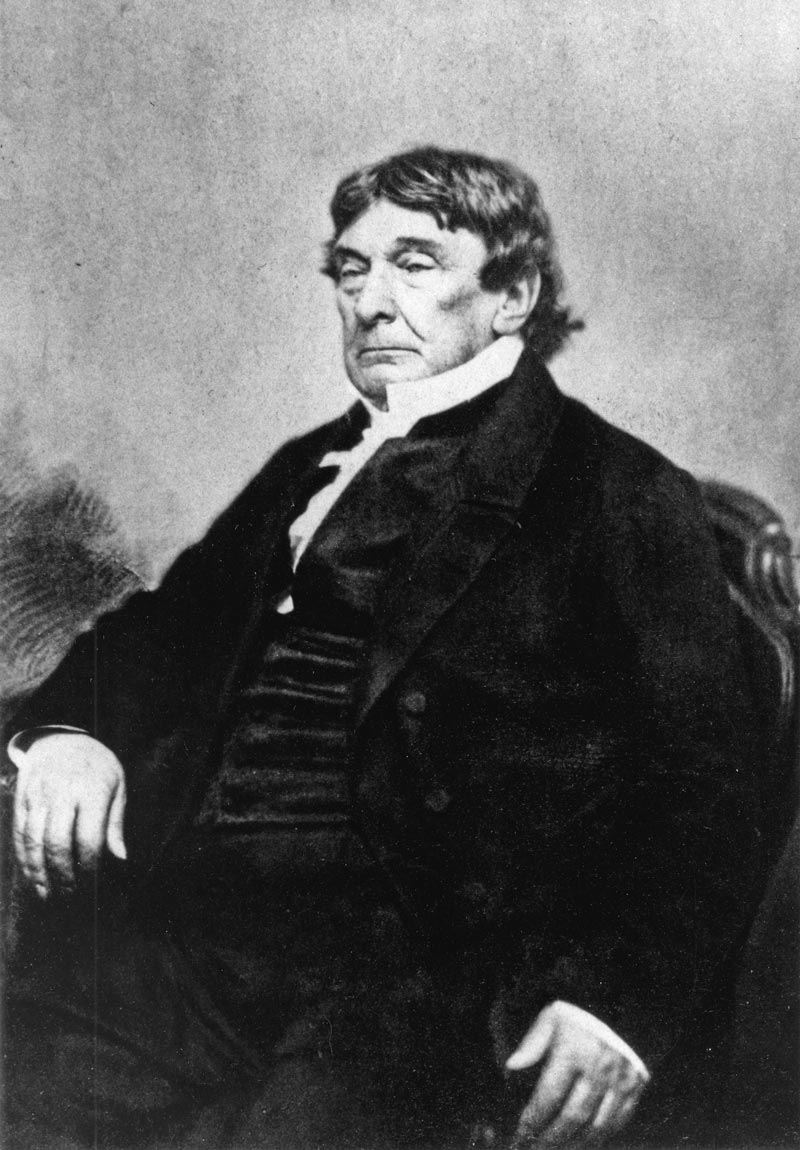
Jim Crow born in Boston
Rejecting Benjamin Roberts’ contention that the Boston School Committee’s racial segregation policy was unconstitutional, Chief Justice Lemuel Shaw maintained that racial prejudice “is not created by law, and probably cannot be changed by law.”
In doing this, the court established a precedent that other state supreme courts later adopted. In 1896, the United States Supreme Court cited the Roberts case as precedent to uphold racial segregation and the “separate but equal” doctrine in the infamous case of Plessy v. Ferguson, 163 U.S. 537 (1896).
Sarah and Benjamin Roberts lost their legal challenge in the Massachusetts courts. However, their efforts anticipated the successful struggle for civil rights in the 1950s and 1960s, especially in the landmark case of Brown v. Board of Education of Topeka, Kansas, 347 U.S. 483 (1954), more than a century after young Sarah Roberts was a student.
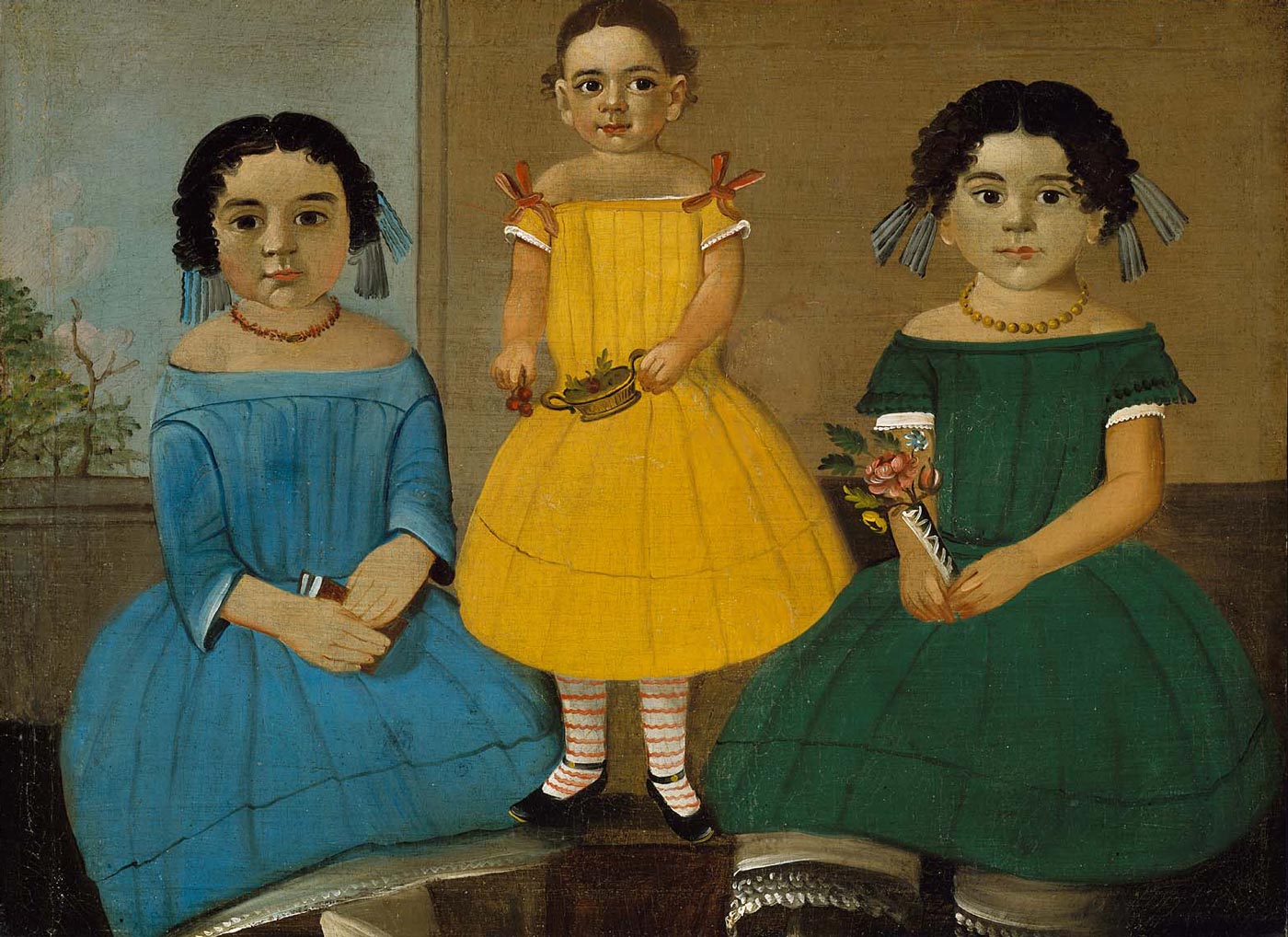
Full Letter from Burns
Listen
“…if what you all My Friends did for Me could Not keep Me from coming Back in to a Land of death it Did do some Good for my Suffering would have Been ten hundred times greater than it is But I am yet Bound in Jail and am wearing my chains Night and Day…I am for sale…I will Be to you all A friend all My days…you can get Me Low he would take $800 dollars for Me….”
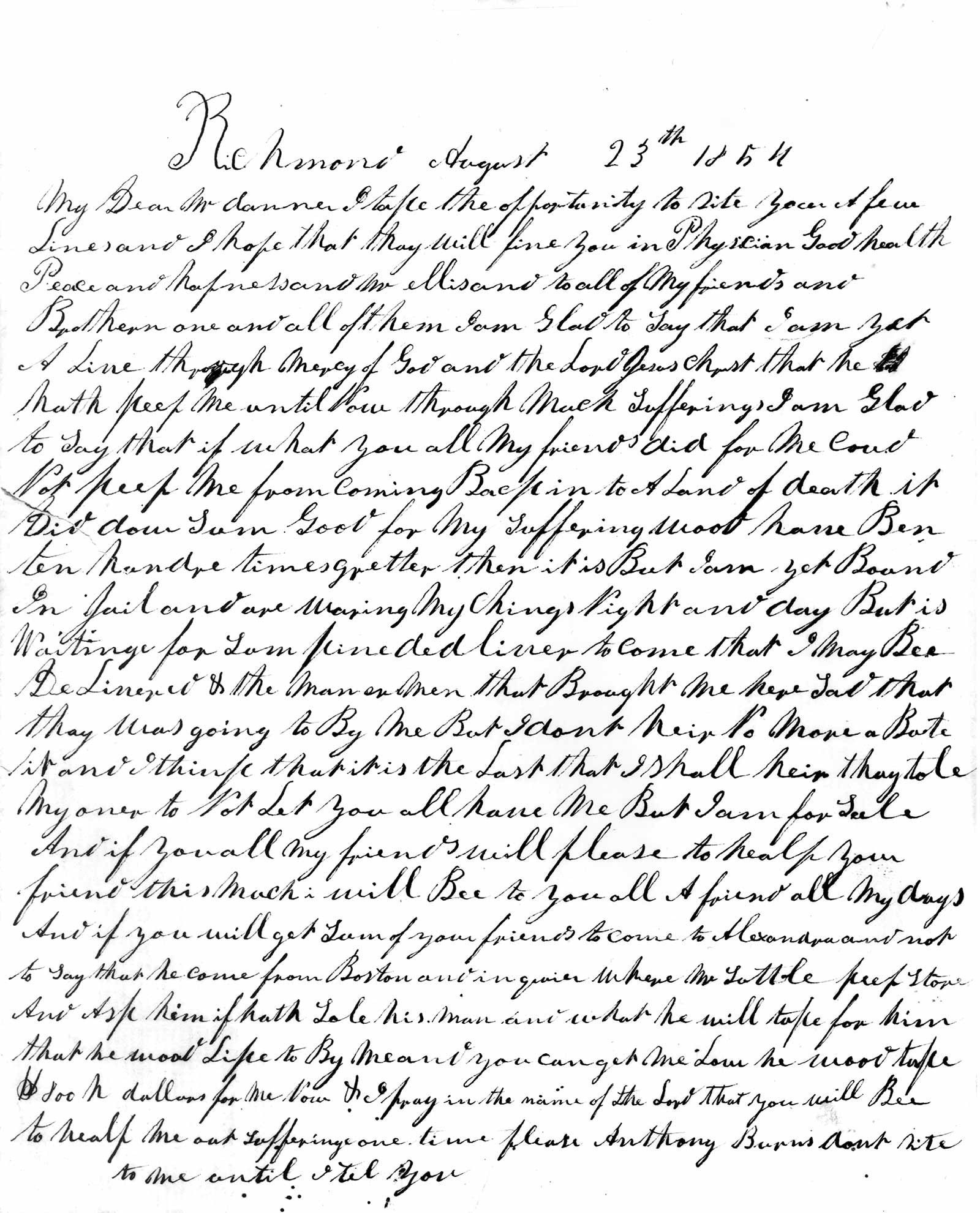

 Back
Back Print
Print